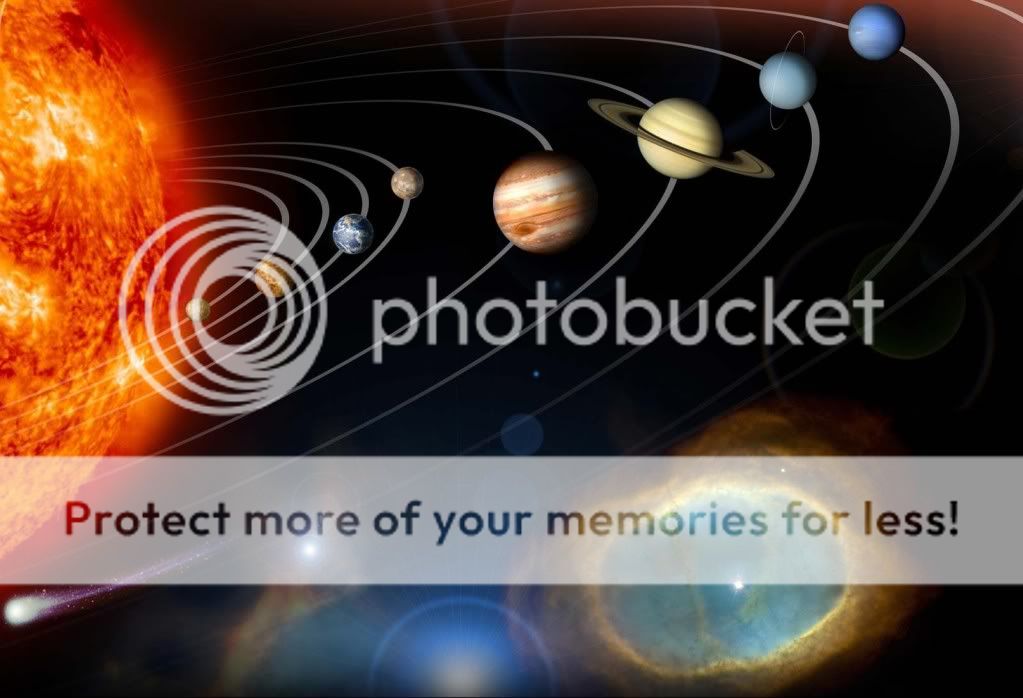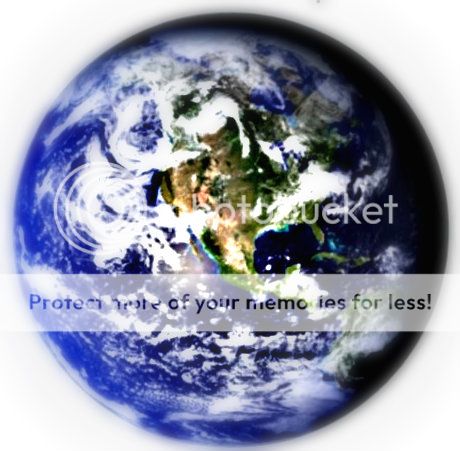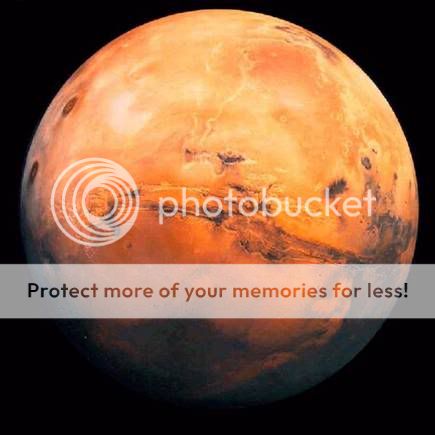|
|
|
|
|
|
|
|
|
 Posted: Wed Nov 14, 2012 2:23 pm Posted: Wed Nov 14, 2012 2:23 pm

This textbook should be in possession of all Astronomy students, however, extra copies can always be found in the Magical Textbooks section.
|
 |
 |
|
|
|
|
|
|
|
|
|
|
|
|
 Posted: Thu Nov 15, 2012 4:56 pm Posted: Thu Nov 15, 2012 4:56 pm
Table of Contents
Introduction
Unit 1
Chapter 1: Planets
Chapter 2: Stars and Constellations
Resource: Star List
Resource: Star Map
Unit 2
Chapter 3: Mercury
Chapter 4: Venus
Chapter 5: Earth
Chapter 6: Earth's Moon
Unit 3
Chapter 7: Mars
Chapter 8: Jupiter
Chapter 9: Great Red Spot
Chapter 10: Jupiter's Moons
Unit 4
Chapter 11: Saturn
Chapter 12: Titan
Chapter 13: Uranus
Unit 5
Chapter 14: Neptune
Chapter 15: Triton
Chapter 16: Comets
Chapter 17: Meteorites
Chapter 18: Asteroids
Unit 6
Chapter 19: Black Holes
Chapter 20: Supernovas
|
 |
 |
|
|
|
|
|
|
|
|
|
|
|
|
|
|
|
 Posted: Thu Nov 15, 2012 5:09 pm Posted: Thu Nov 15, 2012 5:09 pm
Introduction
When studying astronomy, it is important what it is that you are studying. Astronomy not only refers to the stars in the sky, but also the planets and any other objects that can be seen through a telescope. Those just embarking on their educational voyage will find that their teacher will start out with basic skills such as using a telescope.
The best telescope to use when just starting to study astronomy is a simple brass one that has been made using magic. While muggle telescopes have been useful in discovering some celestial objects, they have been known to have imperfections known as spherical and chromatic aberrations, which can cause inaccurate data collection. Magical telescopes do not have these imperfections.
Another useful tool is the lunascope. While knowing how to read and make moon charts is a useful skill, the lunascope makes predicting the phases of the moon easier. Star charts are also useful for finding constellations and specific stars in the night sky.
This book will do its best to introduce you to astronomy. There are always new planets and galaxies and stars being discovered. They say our universe is always expanding. Who knows? Based off the knowledge you gain from this book, you may discover one such celestial object.
|
 |
 |
|
|
|
|
|
|
|
|
|
|
|
|
 Posted: Wed Nov 21, 2012 5:55 pm Posted: Wed Nov 21, 2012 5:55 pm
Chapter 1: Planets

How did the planets come to be? Certainly they did not just appear out of thin air. Everything must come from something. While our solar system was forming, large chunks of rocks called planetesimals moved at a high velocity around the object destined to become the star we know today as the Sun. These objects collided with each other and eventually coalesced to become the nine planets and asteroid belt we know today.
Please take note that this book will take into account that there are nine planets, even if there has been discussion to demote Pluto to a dwarf planet because of its size and extremely elliptical orbit. Later on, the other eight planets will be covered in more detail. They are:
Mercury (Chapter 5)
Venus (Chapter 6)
Earth (Chapter 7)
Mars (Chapter 9)
Jupiter (Chapter 10)
Saturn (Chapter 13)
Uranus (Chapter 15)
Neptune (Chapter 16)
|
 |
 |
|
|
|
|
|
|
|
|
|
|
|
|
|
|
|
 Posted: Sat Dec 01, 2012 3:04 pm Posted: Sat Dec 01, 2012 3:04 pm
Chapter 2: Stars and Constellations
There are many stars in our universe. Most of the objects you see in the night sky are actually stars. Of course, there are also galaxies and other planets up there, but most are swirling masses of gas. There is one star that we can see during the day and at night, that would be the Sun, which is comprised of mostly Helium and Hydrogen.
The color that a star appears to us can tell us how hot it is. Blue stars, for example, are hotter than a red star. Our Sun is a yellow star, and so it is of a medium temperature range.
Sometimes, humans decide to group stars together to form images known as constellations. These groups make it easier to navigate the night sky. For example, if you can find Ursa Minor, or the little dipper, you can find Polaris, or the North Star.
|
 |
 |
|
|
|
|
|
|
|
|
|
|
|
|
 Posted: Sat Dec 01, 2012 3:15 pm Posted: Sat Dec 01, 2012 3:15 pm
|
|
|
|
|
|
|
|
|
|
|
|
|
 Posted: Sat Dec 08, 2012 2:17 pm Posted: Sat Dec 08, 2012 2:17 pm
Chapter 3: Mercury
This planet is the closet one to the star known as the Sun. Mercury also happens to be the smallest planet in our solar system. It orbits the Sun every 88 days and makes three rotations on its axis every two orbits. Mercury does not have an atmosphere or any satellites such as a moon due to its weak gravity.
Mercury is typically mistaken to be a star. It is seen as a very bright object in the sky from Earth. Typically, this would make an object easy to see, however, it should be noted that because of Mercury's close proximity to the Sun, it is a very difficult planet to see.
Primarily composed of 70% metallic and 30% silicate material, Mercury is in the group of planets known as the terrestrial planets. It has a molten core made of iron. The surface looks very similar to that of Earth's Moon with its several mare-like plains and craters, which would indicate that the planet is geologically inactive. During its formation, the planet was bombarded with several comets and asteroids causing craters to form. The largest crater is the Caloris Basin.
Mercury is called the ruling planet of the constellations Gemini and Virgo. This means that the influence of these two constellations are greatest when the planet is in the midst of them. This is the only planet with rulership and exultation. The planet is named for the Roman messenger god, Mercury, who is well-known for his speed and swiftness. Mercury represents communication, mentality, thinking patterns, rationality and reasoning and adaptability and variability. The planet also looks after schooling and education, the immediate environment of neighbors, siblings and cousins, transport over short distances, messages and forms of communication such as post, email and telephone, newspapers, journalism and writing, information gathering skills and physical dexterity. It aids in the medicinal field by lending knowledge of the nervous system, the brain, the respiratory system, the thyroid and the senses.
|
 |
 |
|
|
|
|
|
|
|
|
|
|
|
|
 Posted: Sat Dec 08, 2012 2:50 pm Posted: Sat Dec 08, 2012 2:50 pm
Chapter 4: Venus

Venus is the second planet from the Sun, and the first planet in that order to have an atmosphere. It actually has the densest atmosphere in our solar system. There are thick clouds of sulfur that cover the planet, which make viewing the surface very difficult, however, it has been noted that the planet has a dry surface similar to a desert. The clouds make the planet highly reflective, causing it to be the brightest object in the sky, second only to our Moon. It is for this reason that Venus is also known as either the Morning Star or the Evening Star, depending on what time it is observed in the sky. Because of its size and composition, this planet is often referred to as being the twin of Earth.
This planet has a nearly circular orbit when compared to the other, more eccentric planets. Venus also varies in its rotation by rotating the Sun in a clockwise direction every 243 days when viewed from Earth. This is the slowest rotation of all the planets and there is evidence that it is getting slower. Venus, like Mercury, has no satellite. Something that should be noted about the movement of Venus is that occasionally it does come to pass right in front of the Sun as observed from Earth. This is called the Transit of Venus and it happens every 243 years.
Named for the Roman goddess of love and beauty who was well known for inciting passions among the gods, Venus has several aspects. Some of these include harmony, beauty, balance, feelings and affections and the urge to sympathize and unite with others. It is somewhat involved in the desire for pleasure, comfort and ease. It governs romantic relations, marriage and business partnerships, sex, the arts, fashion and social life.Venus has been described as being generous. It aids in medicine by lending knowledge of lumbar region, the veins, parathyroids, throat and kidneys. The planet also rules the constellations of Taurus and Libra.
|
 |
 |
|
|
|
|
|
|
|
|
|
|
|
|
|
|
|
 Posted: Fri Dec 14, 2012 2:51 pm Posted: Fri Dec 14, 2012 2:51 pm
Chapter 5: Earth  The third planet from the Sun, this planet is the one we look to to study life. Why? Well, as far as we know, Earth is the only planet in our solar system to actually have life on it. We have a complex multilayer-ed atmosphere made of oxygen and nitrogen. Clouds form on this planet and cause it to rain, snow, sleet, or hail. It takes about 365 days for the planet to complete one orbit around the Sun and only 24 hours to make one rotation on our axis. The Earth only has one natural satellite, but Muggles have sent up several ones that they have made. Our natural satellite is, of course, the Moon.
|
 |
 |
|
|
|
|
|
|
|
|
|
|
|
|
 Posted: Fri Dec 14, 2012 2:56 pm Posted: Fri Dec 14, 2012 2:56 pm
Chapter 6: Earth's Moon

Earth's only natural satellite, the Moon is easily the most recognizable object in the night sky. Because it is so close to us, we see it in phases. The moon starts as a new moon, followed by a waxing crescent, first, waxing gibbous, full (which is when werewolves transform), waning gibbous, last, waning crescent, and back to new. We always see one side of the Moon, and never the other due to tidal locking. The moon actually causes the tides on Earth because of its distance.
There are two main kinds of terrain on the Moon. The darker regions are called maria because ancient astronomers believed they were filled with water. Today, we know that they were once volcanic basins because they are composed of basalt. The lighter areas are called terrae, or highlands, because they are often at higher elevations than the maria. There are also several impact sights named for scientists, scholars, artists, and explorers. Because there is no atmosphere on the Moon, these craters have been perfectly preserved.
Sometimes, events known as eclipses occur. These may only occur when the Sun, Earth and Moon are perfectly aligned. Lunar eclipses take place during the new moon when the Earth is in between the Sun and the Moon. During this time, the Moon covers the Sun, and the corona becomes visible. It should be noted that one should never, under any circumstances should anyone look at an eclipse with the naked eye. Doing so will cause blindness.
|
 |
 |
|
|
|
|
|
|
|
|
|
|
|
|
|
|
|
 Posted: Fri Dec 21, 2012 6:44 pm Posted: Fri Dec 21, 2012 6:44 pm
Chapter 7: Mars  The "Red Planet" and the fourth from the Sun, Mars is one of the planets that has captured the imaginations of many Muggles and wizards alike. It orbits the Sun every 687 days and its day is about equal to our own. Mars has two captured satellites that were once asteroids until they were caught by Mars. We know them as the moons Phobos and Deimos. People believe that life could possibly exist on Mars due to the fact that it does have polar ice caps. The American agency known as NASA has sent several missions to this planet to see if some of the valleys were once rivers. Recently, they have discovered carbon, the basic building block of life. However, the thin atmosphere makes scientists doubtful that life could actually exist. Mars gets its nickname from the material that it is primarily composed of. That material would be iron oxide. It is one of the terrestrial planets, and is the last terrestrial planet before the asteroid belt. There are several volcanoes on Mars, the largest one being Olympus Mons. This also happens to be the second highest mountain in the Solar System. It is three times the size of Mount Everest Mars is considered to be the ruling planet of the constellations Aries and Scorpio. It is named for the Roman god of war who is the patron of warriors.
|
 |
 |
|
|
|
|
|
|
|
|
|
|
|
|
 Posted: Fri Dec 21, 2012 7:01 pm Posted: Fri Dec 21, 2012 7:01 pm
Chapter 8: Jupiter

Jupiter is the largest planet in the Solar System. It is so large that it is postulated that had it continued to accumulate mass, the planet may have become a very small star. It is believed not to have a surface, but nobody can really tell because the planet has a Roche Limit. This causes any object approaching the planet to be torn apart. It also causes rings around a planet, and so Jupiter does have rings, even if they are not as apparent as Saturn's. Jupiter actually has an interesting process called differential rotation. This means that at the equator, the planet rotates five minutes slower than at the poles. It takes about twelve Earth years for Jupiter to orbit the Sun once.
There are currently 67 known moons of Jupiter, the most of any planet in the Solar System. However, there are four that are commonly studied. These are called the Galilean Moons. They are called Io, Callisto, Ganymede, and Europa. These will be discussed more in a following chapter.
The different colors we see on Jupiter result from a system of belts and zones. This occurs because of convection. Hot gases rise, and cool gases fall. Occasionally, they will meet and form large storms similar to hurricanes and cyclones.
|
 |
 |
|
|
|
|
|
|
|
|
|
 |
|
|
|
|
|
|

